After using sample libraries for years I've gotten used to looking at a wave form of a sound file and knowing, before I even hear it, which kind of sound quality it will have. It has no relation to it's dynamic (how loud of quiet) the recoding is but how 'harsh' it will be, based on the 'spikes' in the wave form.
The goal is to achieve musical sounds which I've chosen for their tonal quality and not just because of HOW they are played and not just relying, as is more conventional, on tempo or register or dynamics. The convention for writing music which sounds anxious or angry being music which is probably loud, and high, and fast.
Below is a recording of a loud single note from a cello (which I've recorded twice since it's quite short).
The goal is to achieve musical sounds which I've chosen for their tonal quality and not just because of HOW they are played and not just relying, as is more conventional, on tempo or register or dynamics. The convention for writing music which sounds anxious or angry being music which is probably loud, and high, and fast.
Below is a recording of a loud single note from a cello (which I've recorded twice since it's quite short).
Below is what that wave form looks like.
The above wave form is a cellist playing loudly a single pitch.
The following sound clip and wave form are recorded by a different cellist in a different studio. It is played at a quieter dynamic. Here is the sound clip.
The following sound clip and wave form are recorded by a different cellist in a different studio. It is played at a quieter dynamic. Here is the sound clip.
..and below is what the wave form for this sound looks like.
As can be seen above, the peaks in the sound file in the second example are higher and there is more of an aggressive pattern to the sound. It is not how loud or quiet it's played since the "softer" note is the more aggressive sound wave.
Below is an example of a sound wave from an angry male voice saying "stop it"
Below is an example of a sound wave from an angry male voice saying "stop it"
You can see there is more in comment with this sound wave with the second cello example which, I would say, has the sound quality of being more angry.
One more example, this time a trombone playing loudly with this "angry wave form", and then the same instrumentalist playing a crescendo from soft to loudly and aggressively and then starting at loud and returning to soft you can see the transition in the sound wave.
Here is the audio of the trombone playing a single note in it's "aggressive" form.
Here is the audio of the trombone playing a single note in it's "aggressive" form.
...and here is what that sound wave looks like.
Here is the same sound wave as above but just zoomed in, so it's even clearer how much information there is around the fundamental pitch.
It is not just harsh sounds and more smooth wave forms but how gradations of tone quality can be achieved that will be of use to me.
Here is the audio of the trombonist going from soft to loud and then back again.
...and here is what the sound wave looks like.
The last sound clip example I'll use here is this single note from a French Horn played softly (to show the contrast from these examples above).
Here is the sound clip.
Here is the sound clip.
...and here is how that clip looks as a sound wave. There are no peaks and troughs.
Again here is the above example but a zoomed in version, to show how smooth the wave pattern by comparison.
In the paper "Even Violins Can Cry" it posits the question
"It remains unknown whether specifically vocal expressive cues, such as the unstable phonatory muscle control of an anxious voice, the nonlinear vocal fold vibration of a scream, or the bright resonating quality of smiled speech, also trigger comparable emotional reactions when they occur in music."
"It remains unknown whether specifically vocal expressive cues, such as the unstable phonatory muscle control of an anxious voice, the nonlinear vocal fold vibration of a scream, or the bright resonating quality of smiled speech, also trigger comparable emotional reactions when they occur in music."
APPLICATION
After identifying the link that might exist between sound waves and the emotion it might suggest from our experience of spoken language, I then need to find a way to communicate to the instrumentalist what effect I want from them. So, basically, can I find a way of notating these different tones. As I mentioned above I'm trying to achieve the effect I want not from how loud or quiet the notes are but HOW they are played.
I first need to do a deep dive into how these different tones are produced to ask for that from my performer.
The performer I'm using to record some experiments in this way of working suggested two books to me. The first is "Principles of Violin Playing and Teaching" (Galamain, Ivan, 1962) and the other is "Violin Method Basics" (Fischer, Simon, 1997)
After identifying the link that might exist between sound waves and the emotion it might suggest from our experience of spoken language, I then need to find a way to communicate to the instrumentalist what effect I want from them. So, basically, can I find a way of notating these different tones. As I mentioned above I'm trying to achieve the effect I want not from how loud or quiet the notes are but HOW they are played.
I first need to do a deep dive into how these different tones are produced to ask for that from my performer.
The performer I'm using to record some experiments in this way of working suggested two books to me. The first is "Principles of Violin Playing and Teaching" (Galamain, Ivan, 1962) and the other is "Violin Method Basics" (Fischer, Simon, 1997)
Below is a link to the Galamain book.
www.dropbox.com/scl/fi/tdq3tcdgeutt6p0uy6g5x/Galamian-Principles-of-Violin-Playing-and-Teaching-1.pdf?rlkey=6u9f2wvq0ep441t430ejoza2k&dl=0
www.dropbox.com/scl/fi/tdq3tcdgeutt6p0uy6g5x/Galamian-Principles-of-Violin-Playing-and-Teaching-1.pdf?rlkey=6u9f2wvq0ep441t430ejoza2k&dl=0
In this book it's Chapter three which takes on "tone production".
Here is a quote from the description of this chapter which says it's concerned with "tone production, the three main factors - speed, pressure, sounding point; the slightly slanting stroke, the character and colour of the tone, and various styles of tone production". The chapter, of which this is a description, explain for the player how to get different sound properties from, for instance, playing at a different point of the bow, or a different point of the string, or bowing with the hand a different angel to create different sound qualities.
I intend to rehearse with the player (who learned using this book), to see if I can explain what kind of bow, or placement of the bow I want to get the sound I'm looking for and then see if the resulting sound waves look like what I imagine they will be.
Here is a quote from the description of this chapter which says it's concerned with "tone production, the three main factors - speed, pressure, sounding point; the slightly slanting stroke, the character and colour of the tone, and various styles of tone production". The chapter, of which this is a description, explain for the player how to get different sound properties from, for instance, playing at a different point of the bow, or a different point of the string, or bowing with the hand a different angel to create different sound qualities.
I intend to rehearse with the player (who learned using this book), to see if I can explain what kind of bow, or placement of the bow I want to get the sound I'm looking for and then see if the resulting sound waves look like what I imagine they will be.
Below is a link to the book by Simon Fischer.
www.dropbox.com/scl/fi/i25bxq7jiv1tsr01je4lf/simon-fischer-violin-method-basicspdf-pdf-free.pdf?rlkey=suz8toxyri2yfqaod1wlu1c56&dl=0
www.dropbox.com/scl/fi/i25bxq7jiv1tsr01je4lf/simon-fischer-violin-method-basicspdf-pdf-free.pdf?rlkey=suz8toxyri2yfqaod1wlu1c56&dl=0
This is a newer violin method but takes on the issues of "gradation of tone" which is related to my trombone sound clip above (where the performer crescendos from soft to harsh and vice versa). Here is a section of one of the pages from this book asking the player to use these exercises to develop a sense of tone gradation.
Finally, as in this blog pots, I'm focusing on violin and brass instruments. These have more control of tone production during the sounding of the note. For instance, the pianist can only control how a note is produced, an organist can only pull out specific 'stops' to produce tone colour. Whereas a violin can start a note with a certain tone quality and change that tone several time in a controlled way.


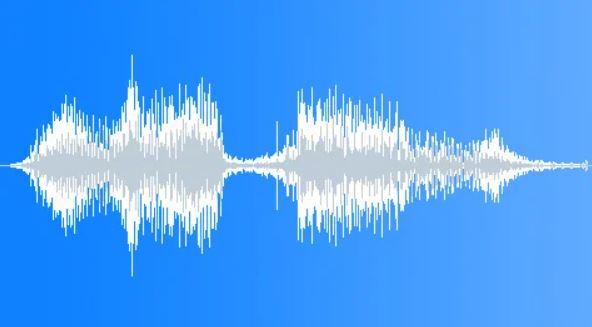





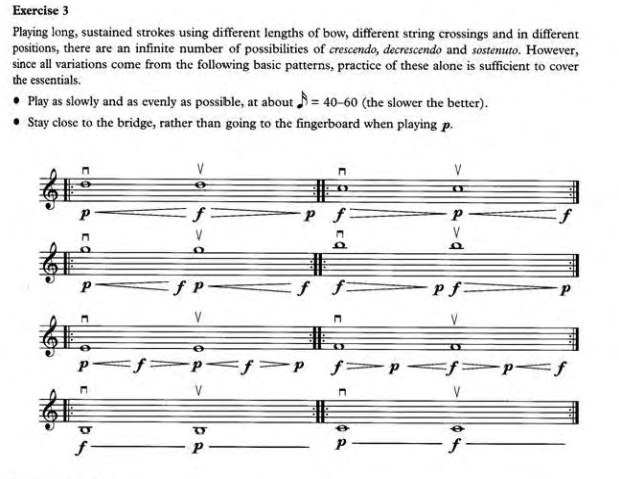
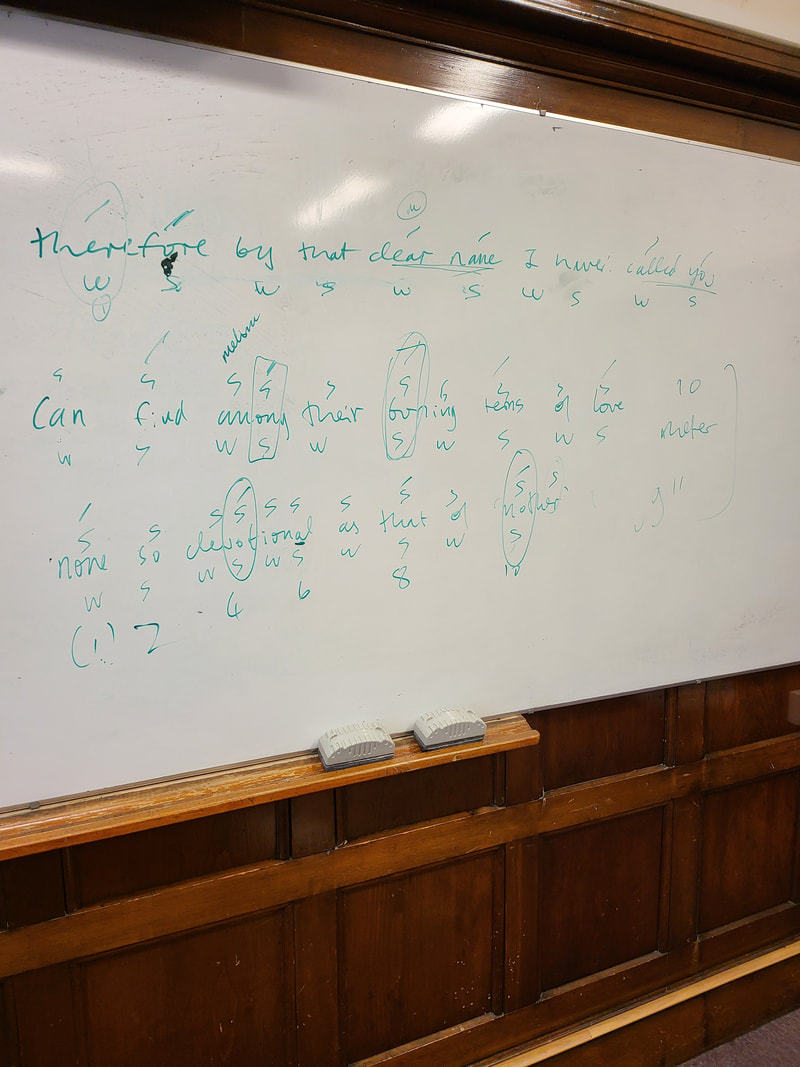
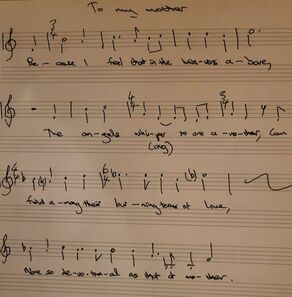
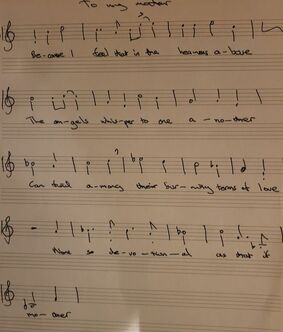
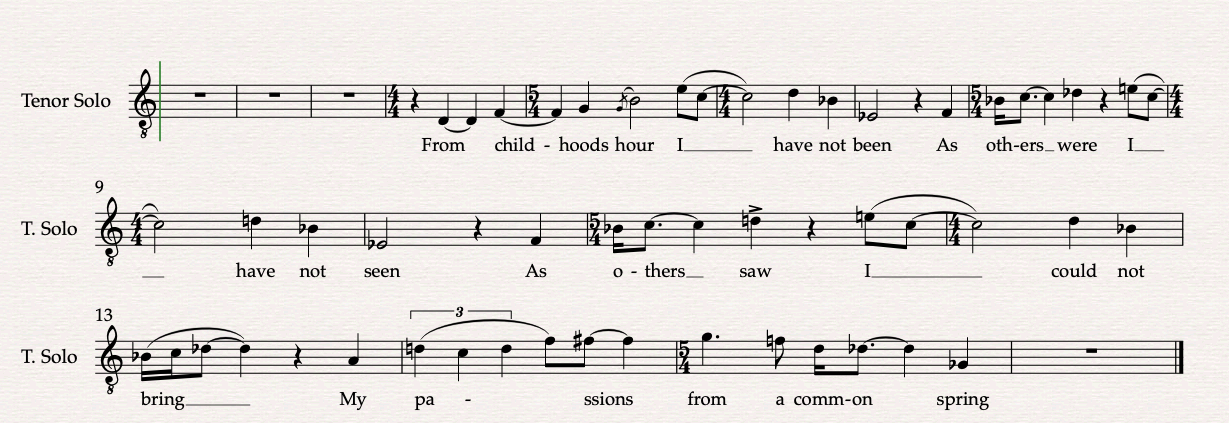
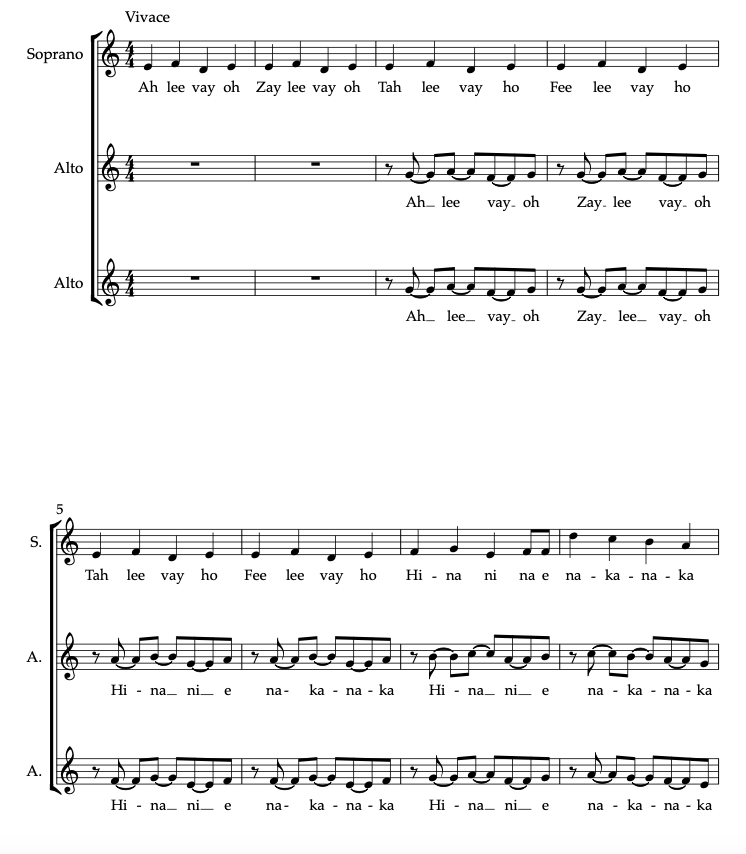
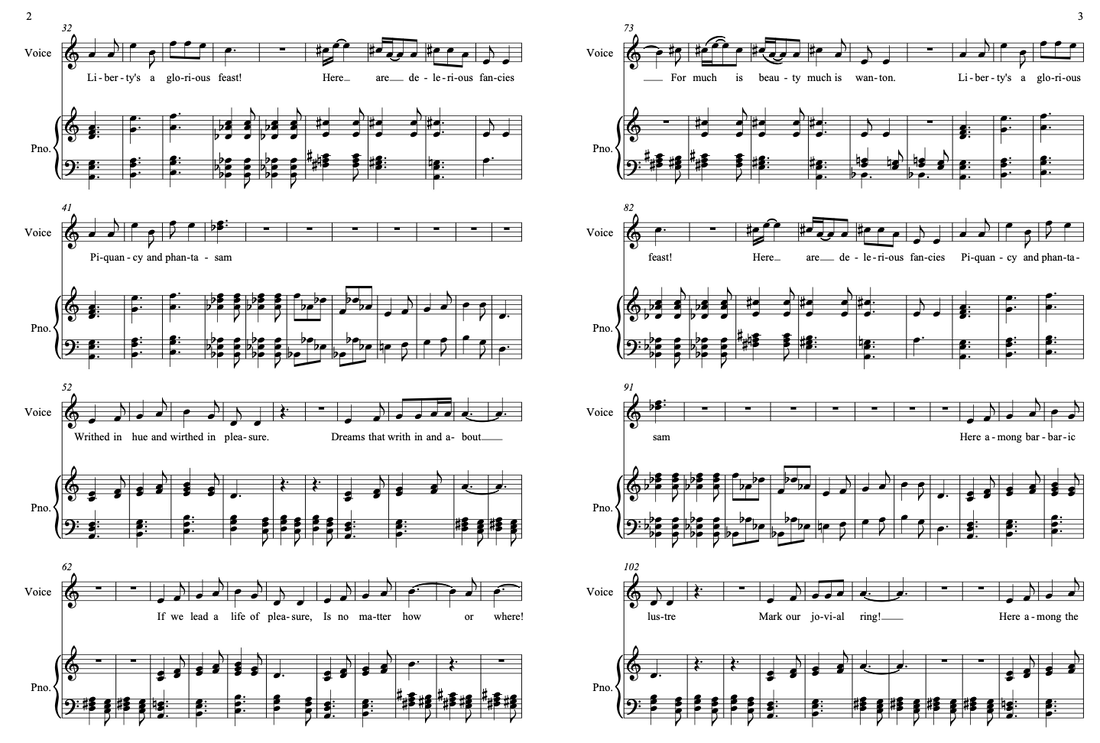
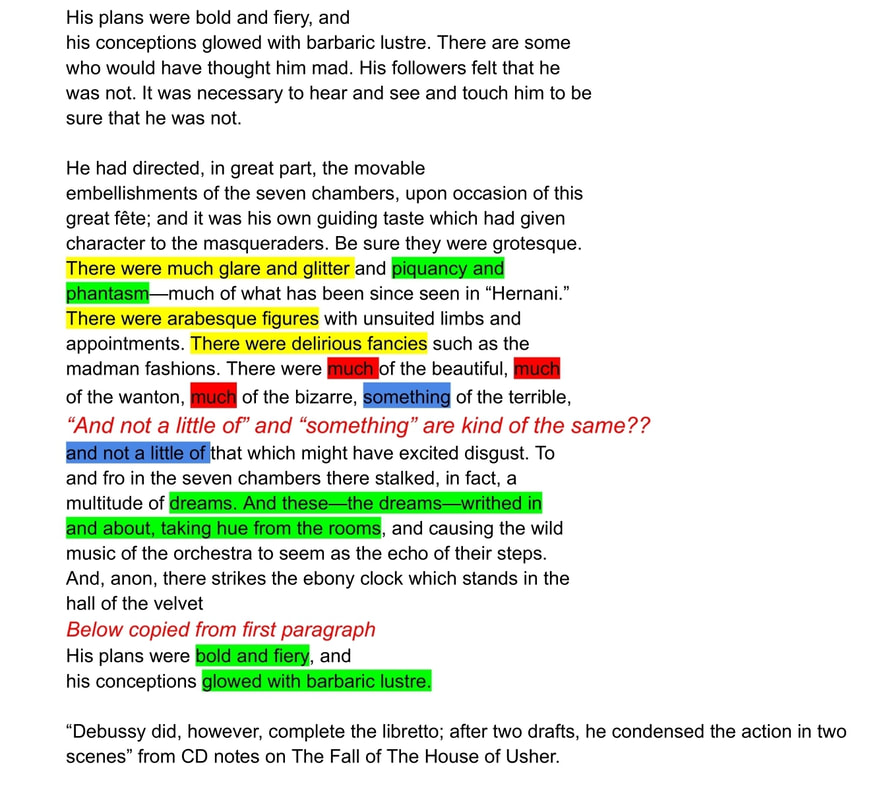
 RSS Feed
RSS Feed